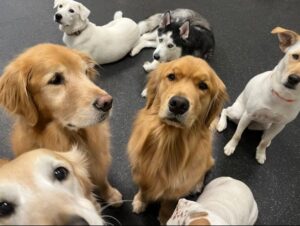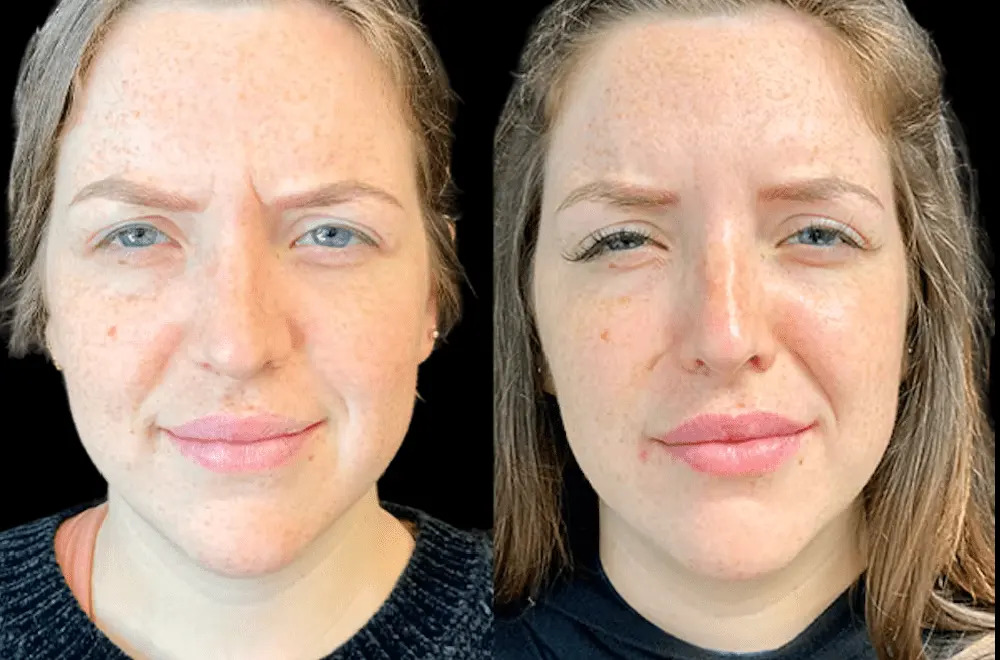📍Address: 2360 W 205th Street, Torrance, CA 90501
📞Phone: (310) 953-9321
🌐Website: https://www.dogtopia.com/torrance-south-bay/
Dogtopia of South Bay is the ultimate destination for dog daycare, boarding, and spa services in Torrance. Our fully supervised, open-play environment gives your pup a safe and fun space to exercise, socialize, and thrive. With spacious indoor playrooms and our certified Canine Coaches guiding every play session, we focus on your dog’s physical and mental well-being. Whether it’s a day of play, an overnight stay, or a visit to our spa, we deliver personalized care and attention. Proudly serving dog parents throughout Torrance, Long Beach, Carson, Redondo Beach, Gardena, Lomita, Hawthorne, Lawndale, Palos Verdes Estates, Dogtopia is committed to creating a clean, safe, and nurturing environment where dogs can live their best lives.








Business Hours: Monday-Friday 7 AM-7 PM, Saturday-Sunday 10 AM-5 PM


